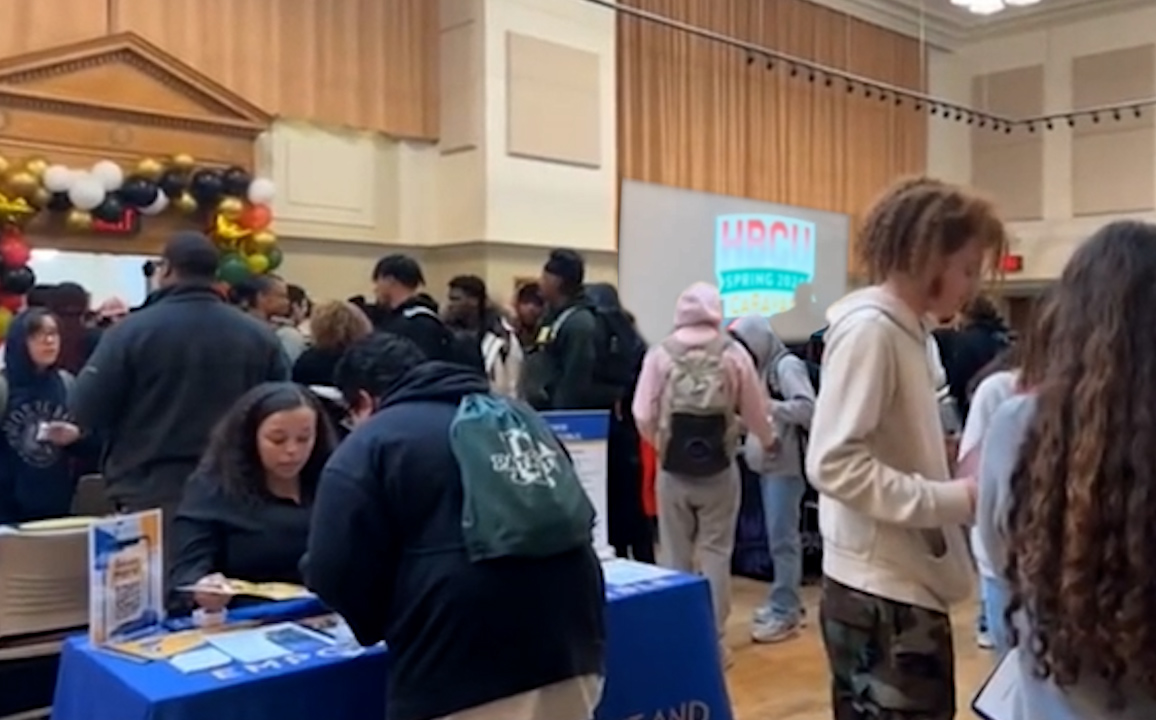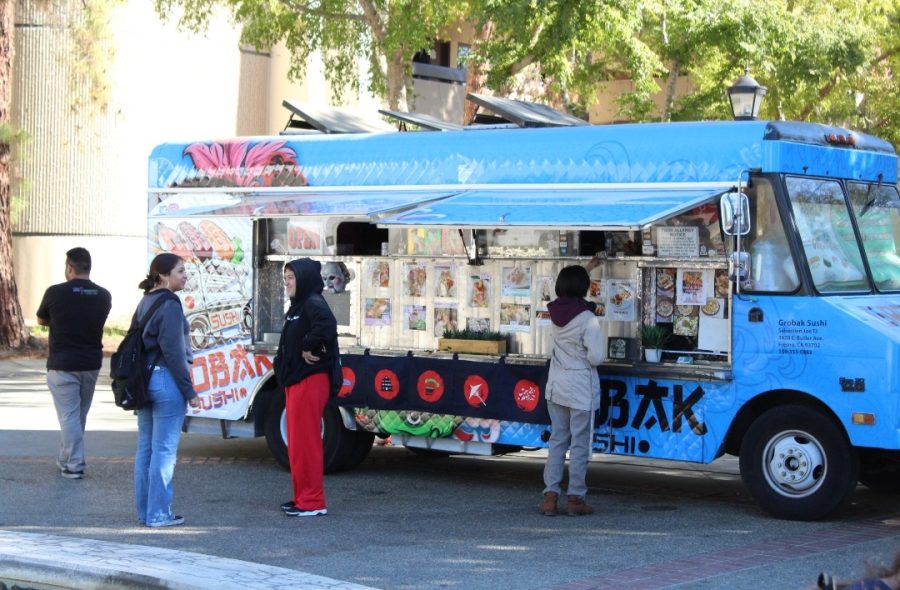Professor Gerry Bill’s seminar for students interested in Cuba’s medical scholarship program drew a handful of students, most of which already had plans for domestic medical programs. The room was a far cry from being filled with humble would-be medical students who simply could not afford tuition in a U.S. medical program.
This is terribly unfortunate, because humble low-income and minority students are exactly who Cuba wants to benefit from this program; students who value the medical profession for its ability to better a community rather than just the high pay they can earn.
“They have a mission you see, they’re trying to get medicine to the poor,” said Bill.
So what exactly is being offered? An all-expenses paid six-year medical program (a few years less for dentists) at the Latin American School of Medicine (ELAM) in Havana, Cuba, with free room and board, books, meals, Spanish lessons, and a modest amount of spending money.
Eligibility requires the student to complete one year of university biology, physics, organic and inorganic chemistry (with labs), be under 30 years of age, and honor a pledge to use their acquired medical skills to aid underserved areas within the U.S. after receiving their degree. Selected students need only present themselves, and be both ready for a rigorous six-year education in medicine and committed to living out their pledge.
Fresno happens to be one of those underserved areas in question. And where better to serve an underserved part of the U.S. than in one’s own backyard?
In his 2005 article on Fresno’s poverty, Bee reporter Matt Leedy wrote, “There are too few physicians in South Fresno’s poor neighborhoods, where doctors earn less money and patients often can’t afford the medicine and special attention they need, local medical experts say.”
Areas of Fresno are in dire need of caring doctors and this opportunity presents Fresno’s poor with a real chance to do something invaluable for their community.
So how did 500 openings come about for U.S. students? For those of you who are unaware, the U.S. imposed an economic embargo on Cuba following Fidel Castro’s takeover in 1959.
On a 1999 Congressional Black Caucus delegation to Cuba, Rep. Bennie G. Thompson (D-Miss) mentioned to Fidel Castro that large parts of his district did not have a single physician serving them. By 2000, Castro had set aside a number of spots for U.S. citizens in the Latin American School of Medical Sciences. Those spots have grown to 500 now, in spite of attempts by the Bush administration to stop the program early in 2004.
The State Department granted an exemption to the program from the otherwise crippling embargo stipulations that got tighter during Bush’s second-term campaign. This was in response to a flurry of letters from concerned students and parents, some part of the inaugural group of students already well into their medical training.
The program now operates without fear of government interference. It is coordinated by the Interreligious Foundation for Community Organization/Pastors for Peace. For more information please visit www.ifconews.org.
Or for a more interactive introduction join the larger seminar held in San Jose on February 23, from 9:00 a.m.-3:00 p.m.
Categories:
Low turnout for free med-school
Story By: Joseph Boone
February 26, 2008
Story continues below advertisement
0
More to Discover



